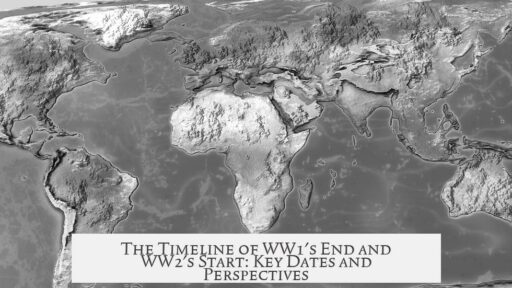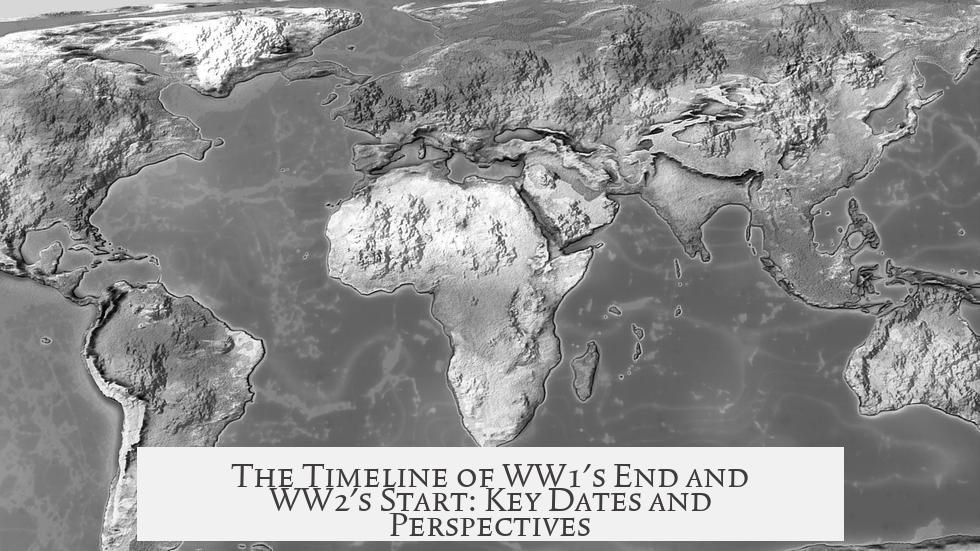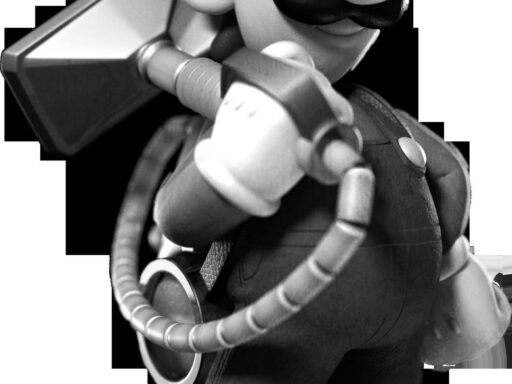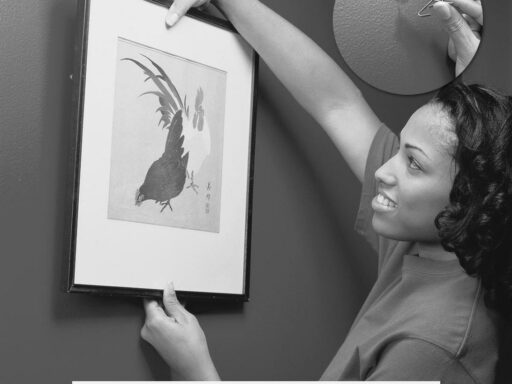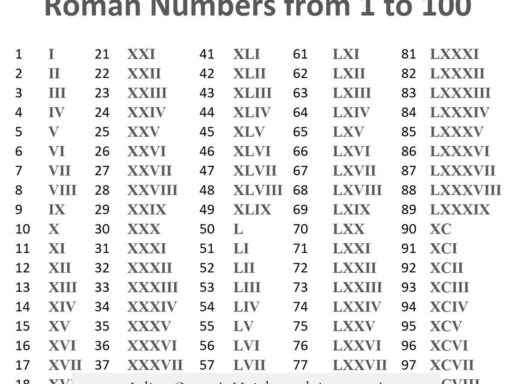World War 1 ended on November 11, 1918, with the armistice agreement that ceased hostilities. World War 2 began later, with its conventional start date in Europe marked by Germany’s invasion of Poland on September 1, 1939.
World War 1 formally ended with the armistice on November 11, 1918, when fighting stopped. However, the legal end came with the Treaty of Versailles, which became effective on January 10, 1920. This treaty officially imposed the terms and consequences of the war’s end among the Allied powers and Germany.
World War 2’s start date depends on regional perspectives.
- In Europe, the war is traditionally said to have started in September 1939 with Germany’s invasion of Poland.
- Some consider March 14, 1939, when Germany occupied Czechoslovakia, as the first hostile act signaling the onset of World War 2 years earlier.
- From an American viewpoint, the war began for the United States in 1941, specifically after the Japanese attack on Pearl Harbor.
- Japan’s conflict with China from 1937/1938 is often viewed as a separate war not yet part of a global conflict.
This variation in dates reflects differing regional experiences and definitions of what events qualify as the “start” of a world war. Japan’s early aggression in East Asia predated the European conflicts.
| Event | Date | Notes |
|---|---|---|
| WW1 Armistice | November 11, 1918 | End of fighting in WW1 |
| Treaty of Versailles Effective Date | January 10, 1920 | Legal end of WW1 |
| Germany Occupies Czechoslovakia | March 14, 1939 | Early WWII hostile act |
| Germany Invades Poland | September 1, 1939 | Conventional European WWII start |
| US Enters WWII | 1941 | After Pearl Harbor attack |
- World War 1 effectively ends November 11, 1918, legally in 1920.
- World War 2’s start date varies by region: 1939 in Europe, 1941 in the US, and mid- to late-1930s for Japan’s conflict with China.
- Regional perspectives and separate early conflicts affect how the war’s start is defined.
When Did World War 1 End and World War 2 Begin? Unpacking the Dates and Perspectives
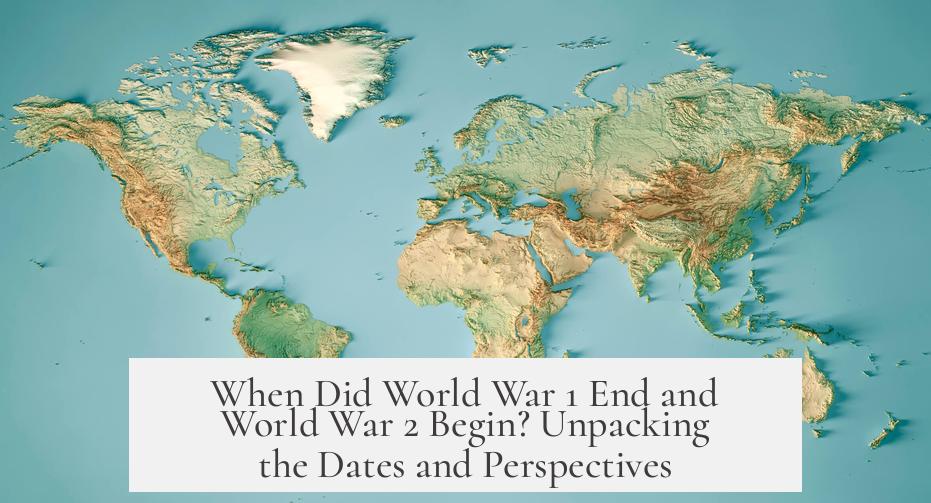
World War 1 officially ends on November 11, 1918, marked by the armistice, but the legally binding conclusion comes later with the Treaty of Versailles on January 10, 1920. Now, before you rush to pencil in these dates on your history calendar, let’s unpack the intriguing nuances around those moments—and how the start of World War 2 isn’t as simple as one official date.
First things first—why November 11, 1918? That’s when Germany signed an armistice agreement to stop hostilities. Picture soldiers on battlefields finally getting a break that felt more like relief than celebration. However, legally, the war lingered in the background until the Treaty of Versailles took effect over a year later. That treaty rewrote boundaries and reparations, reshaping Europe’s political map and leaving seeds for future conflicts.
The Intriguing Gap Between the Armistice and the Treaty of Versailles
This gap between armistice and treaty sounds like a messy post-war hangover. It’s like calling “time out” in the last quarter of a tense basketball game, but the final whistle doesn’t blow until much later. The armistice represented a ceasefire, but the peace terms were hammered out at the Versailles conference. And these terms famously included heavy reparations on Germany, territorial losses, and military restrictions.
Many historians argue the Treaty laid groundwork for World War 2 by fostering resentment in Germany. So, in a way, WW1 doesn’t just end in 1918—it carries on through the turmoil it left behind.
When Did WW2 Actually Begin? Spoiler: It Depends Whom You Ask
If you think World War 2 started on the exact same day across the globe, prepare for your timeline to get a bit messy. The conventional European date is September 1, 1939, when Germany invades Poland. That’s the textbook answer. But the story has more chapters.
From a European perspective, 1939 brackets the start because of the invasion of Poland. Naturally, Europe’s borders got redrawn yet again, erasing any fragile peace they had settled into after WW1. However, Eurocentrism muddies the waters here. Other parts of the world had conflicts brewing and erupting before September 1939.
Alternative Start Dates: More Than Just a Eurocentric Viewpoint
For example, March 14, 1939, marks another critical date. That’s when Germany occupied Czechoslovakia—technically its first hostile move against a neighbor without political excuses. Unlike Austria’s 1938 annexation, which was somewhat “sanctioned” or at least diplomatically tolerated, invading Czechoslovakia was a clear act of aggression.
Could this be the real beginning of WW2? Some argue yes. It shows Germany’s aggressive intentions well before Poland.
The Asian Theater: A Different Clock Ticks
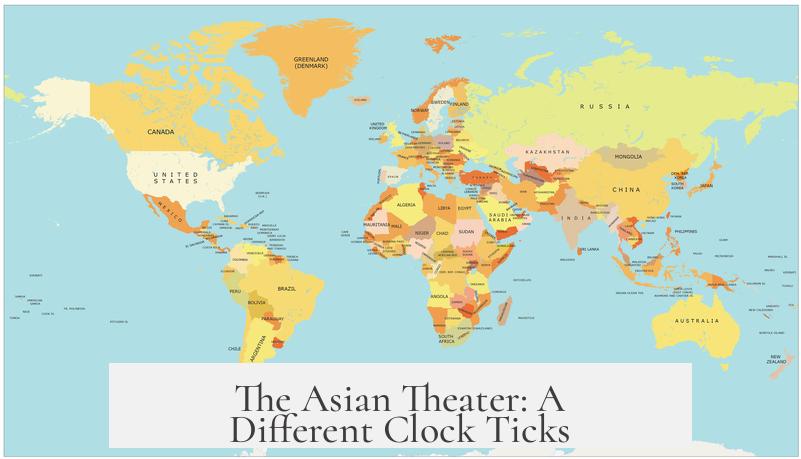
Shift the lens to Asia, and the timeline bends further. Japan’s invasion of China in 1937 (or 1938, depending who you ask) sparks conflicts that escalate into full-scale war. So, certain historians or Japanese viewpoints claim the war started earlier, with the brutal clashes between Japan and China already signaling a global conflict on the horizon.
The tricky part: these early hostilities were mostly localized and didn’t immediately pull in other continents. They weren’t considered “world wars” yet but set the stage.
The American Angle: 1941 as the Start
From an American lens, World War 2’s start date cozy-ups with Pearl Harbor on December 7, 1941. That surprise attack jolted the US out of isolationism and plunged the nation into full-scale war. The US’s entry expands the conflict’s scale internationally, turning it into the comprehensive global struggle we recognize today.
From the US perspective, even if fighting had begun earlier elsewhere, the war truly started for them in 1941, making that date key in American memory.
Why Does All This Matter?
Understanding these multiple “start” dates highlights how complex global history is. Official dates simplify events but don’t always tell the full story. Recognizing different perspectives matters deeply—especially when discussing something as seismic as world wars. The varying dates reflect political views, military escalations, and regional impacts rather than one neat timeline.
What Can We Learn?
- History isn’t always neat. Wars don’t have a clear-cut start or end, especially when different regions and players experience events differently.
- Context shapes memory. Europeans focus on Poland in 1939; Asians remember earlier conflicts; Americans see 1941 as pivotal. Each narrative reflects distinct experiences.
- The costs of peace agreements. The Treaty of Versailles didn’t just end WW1—it sowed seeds for WW2. Peace treaties need careful crafting to avoid planting future conflicts.
In Conclusion: The War Timeline Is a Spectrum, Not a Moment
So, to answer the question plainly, World War 1 ends with the armistice on November 11, 1918, though officially concluding with the Treaty of Versailles on January 10, 1920. World War 2’s start date depends—traditionally September 1, 1939, but with credible arguments for earlier European aggression in 1938–39, Japanese military actions in 1937–38, and the American entry in 1941.
History is complicated, much like a detective novel where different witnesses offer varied timelines. By appreciating these angles, you get a richer, more nuanced story of how the world’s bloodiest conflicts began and ended. It’s a reminder to question simple answers and embrace complexity—because the past is never just black and white, but many shades of gray and everything in between.
When did World War 1 officially end?
World War 1 officially ended on January 10, 1920, when the Treaty of Versailles became effective. However, the fighting stopped earlier on November 11, 1918, when the armistice took place.
Why do some say World War 2 started before 1939?
Some argue WW2 began earlier, such as March 14, 1939, with Germany’s occupation of Czechoslovakia. This act was not sanctioned and marked aggressive expansion before the common 1939 start date.
Why do Americans consider 1941 the start of WWII?
For the U.S., WWII began in 1941 because that is when America entered the war following the attack on Pearl Harbor. Before then, the conflict was mostly seen as a European and Asian issue.
What about Japan’s role in the start of World War 2?
Japan’s conflict with China began around 1937 or 1938. While significant, these hostilities were regional and are often not counted as part of the global war until later.
Is the start date of World War 2 universally agreed upon?
No, the start date varies by perspective. Europe generally cites 1939, Japan’s conflicts began earlier, and the U.S. marks 1941. Each view reflects different entry points into the larger conflict.
